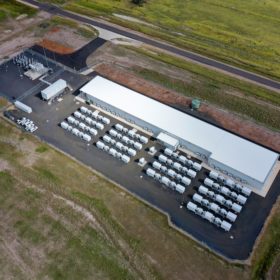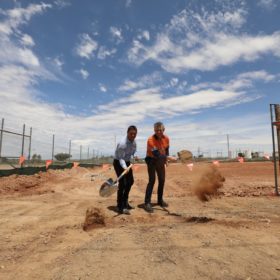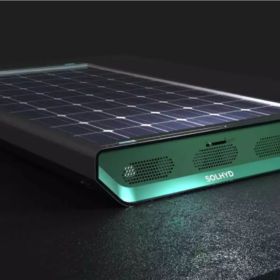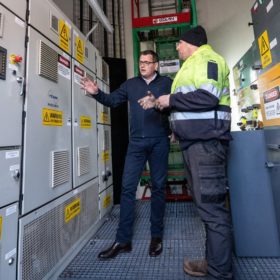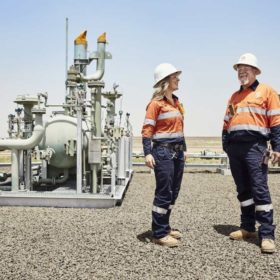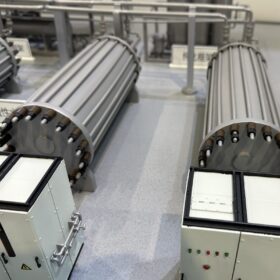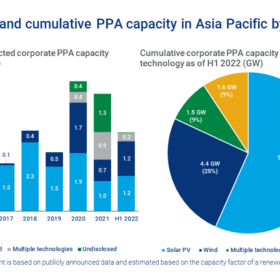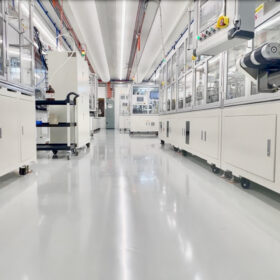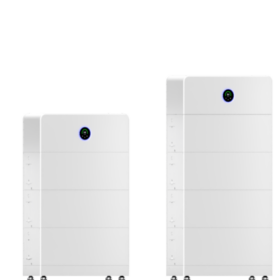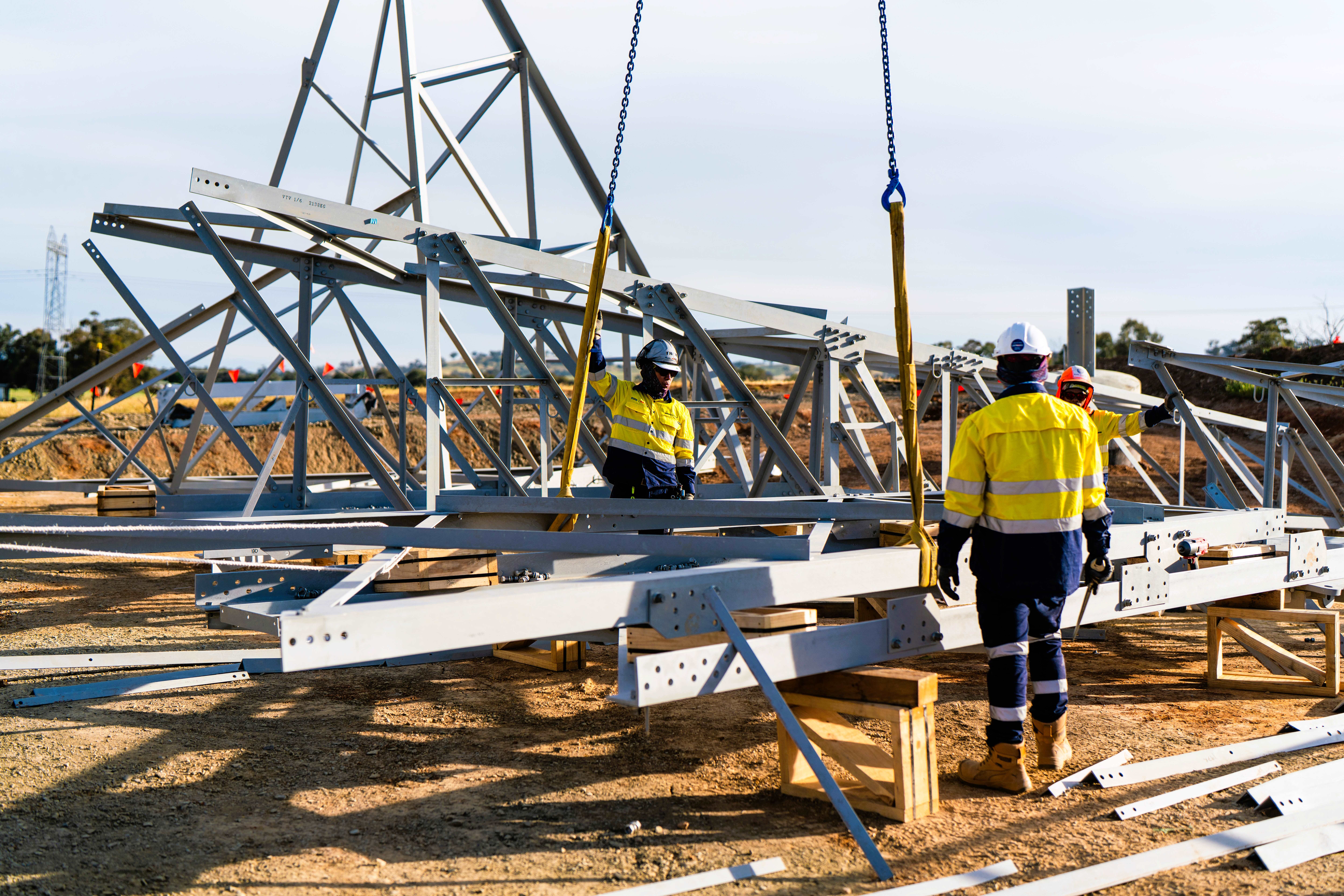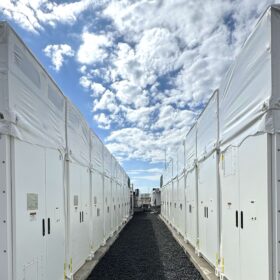State of Storage: Investigating battery profit for NEM states
It has been an interesting year for Australian energy markets, facing unprecedented high energy prices, coal outages, and market suspension. In this Chart of the Week, we investigate the impact a battery energy storage system would have made during FY 2022.
AGL breaks ground on ‘pioneering’ Broken Hill battery
Construction has begun on a 50 MW/50 MWh battery near the outback city of Broken Hill which will be equipped with advanced inverter technology designed to improve system strength in regional New South Wales and support increased levels of renewable energy generation in the area.
Hydrogen-producing rooftop solar panels nearing commercialisation
KU Leuven researchers have developed rooftop panels that capture both solar power and water from the air. Like traditional PV modules, hydrogen panels are also connected, but via gas tubes instead of electric cables. The researchers are now preparing to bring the tech to the mass market via a spinoff company.
Rooftop PV performance during heatwaves
Chinese researchers have assessed the impact of residential rooftop PV arrays on energy use and surrounding air temperatures during extreme heatwaves. They found that panels with higher conversion efficiencies achieved the best results.
Ross Garnaut thinks Australia can become a low-carbon superpower; Clive Hamilton is not convinced
Economist Ross Garnaut’s latest book, the Superpower Transformation, is promoted as a “practical plan” to put the vision of in his earlier Superpower into effect. Clive Hamilton, Professor of Public Ethics at Charles Sturt University, questions if the vision is premised on an imperfect logic.
Victorian neighbourhood battery plan to maximise benefits of ‘solar boom’
The Victorian government has unveiled an ambitious plan to install 100 battery energy storage systems in neighbourhoods across the state by the end of 2026 as part of a broader strategy to support the rollout of more rooftop solar PV as it targets 95% renewables by 2035.
Origin board to back Brookfield’s $18.4 billion takeover bid
Australia’s Origin Energy is the target of an $18.4 billion (USD 11.3 billion) takeover bid by a consortium led by Canadian investment giant Brookfield Asset Management which plans to divide the business and invest another $20 billion by 2030 to support the gen-tailer’s transition to clean energy.
Super fund to tip $100 million into green hydrogen projects
Queensland-based independent power producer ReNu Energy and aspiring green hydrogen manufacturer Countrywide Hydrogen will seek to advance its renewable hydrogen projects from concept to production after Australian superannuation fund HESTA agreed to invest up to $100 million (USD 64 million) to develop the facilities.
Solar dominates renewable corporate PPAs in Asia Pacific, says WoodMac
Corporations in the Asia-Pacific region are set to contract a record 7 GW of renewable capacity in 2022, according to a new report by Wood Mackenzie. Solar accounts for 57% of the region’s contracted corporate renewable power purchase agreements (PPAs) to date. India, Australia and Taiwan account for 89% of overall capacity in the region.
Quantitative methodologies to assess technical risks in PV
Researchers led by Germany’s TÜV Rheinland have created a database of technical risks and mitigation measures for PV installations. Their broad overview of quantification methods has shown that further standardization is required.
